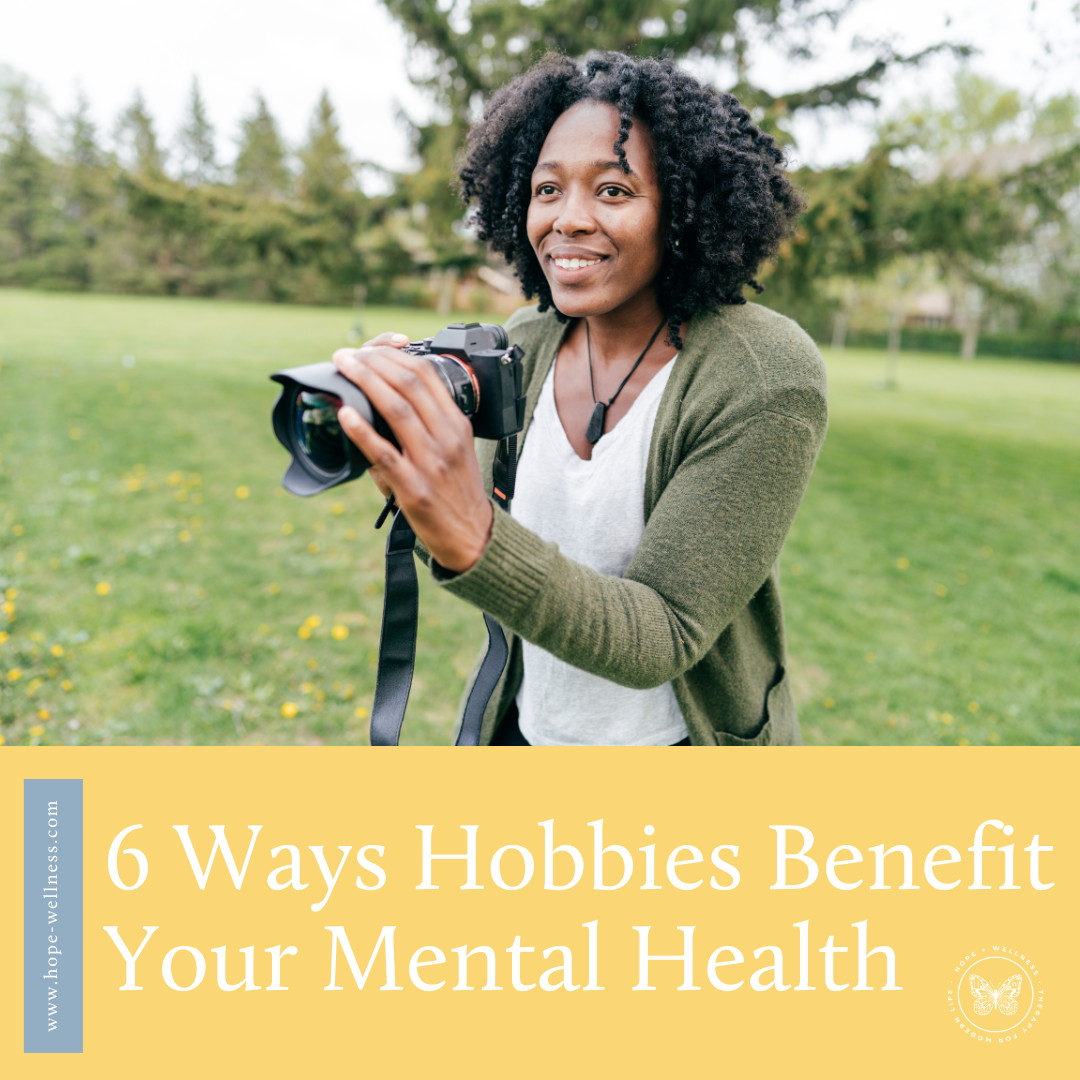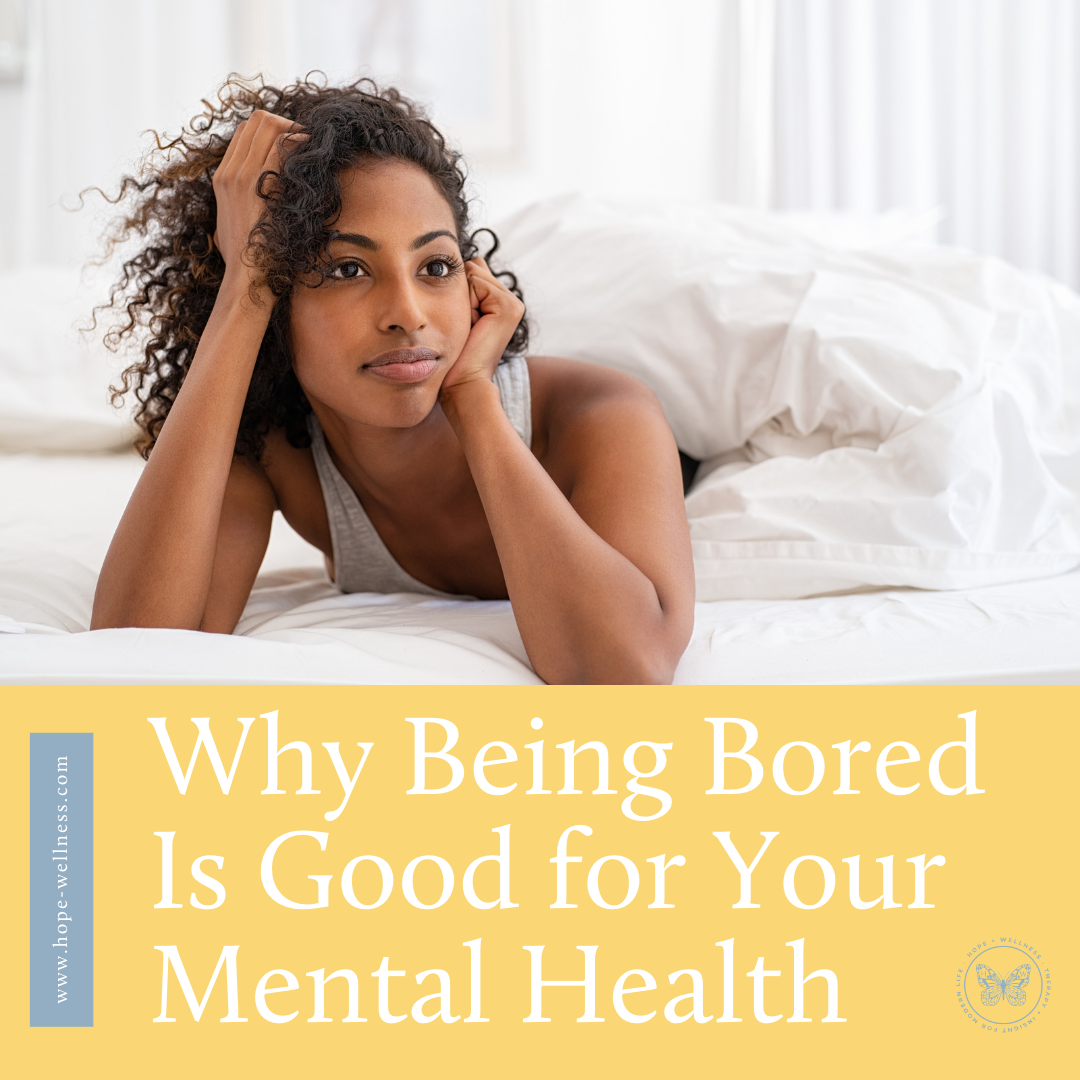
Hope +Wellness Blog
little snippets of advice for everyday challenges many people share

Thanksgiving Survival Guide
Thanksgiving is nearly here, and with that can come a lot of complicated emotions. If you’re feeling anxious about the upcoming holiday season, kicked off by Thanksgiving this week, you’re not alone. To help, we’ve gone through our blog to date and gathered up posts we think will help you get through this season.

IMPROVE the Moment: Coping with Distress with DBT
Within Dialectical Behavioral Therapy (DBT) there’s something called distress tolerance skills. These skills, habits and practices are things we can learn within a supportive environment, and they can help us learn to tolerate and navigate through distress, rather than be taken over by it. One of these skills is the IMPROVE the moment skill

Don't Know What You're Feeling? Try This.
There are so many moments we find ourselves not knowing what we’re feeling–maybe because we haven’t taken enough time to sit with it, or maybe because we’re feeling something in a context we’ve never felt it before–or maybe because many of us aren’t taught to recognize and have compassion for what we’re feeling when we’re feeling it. So how do we identify what we’re feeling if we don’t have the vocabulary for it?

Dealing With Negative Emotions: 7 Blogs to read When You’re Feeling Something Uncomfortable
Dealing with distressing emotions in a healthy way takes practice. Learn where to start with these 7 posts about dealing with negative emotions.

6 Ways to Deal With Intrusive Thoughts
Intrusive thoughts often cause extreme distress and worry, and they can be difficult to deal with in the moment. So, how can you cope with intrusive thoughts? Here are 6 strategies to try the next time you have an upsetting intrusive thought.

6 Ways Hobbies Benefit Your Mental Health
The reason that hobbies are so popular is because they give you a chance to unwind and recharge mentally. Lots of hobbies are physically taxing, but they allow us time to get in the zone of doing something we like and get over the stress of our day. And hobbies aren’t just for fun, they’re good for you, too! Here are 6 ways hobbies benefit your mental health.

How to Make a Coping Skills Toolbox
However you cope, it can be helpful to make a coping skills toolbox to use when you’re upset or emotionally activated. Keeping a dedicated container with some helpful items and reminders inside can make a big difference when you’re having an unpleasant emotional experience.

Why Being Bored Is Good for Your Mental Health
Boredom has a reputation for being a negative state of mind, but boredom actually has benefits for your mental health, like improving creativity, curiosity, and self-control.

5 Ways to Deal with Rumination
When you get stuck in a never ending loop of negative thoughts about a situation, you might be ruminating. This distressing pattern of thinking can be hard to break out of, but there are things you can do to help yourself when you find yourself stuck in rumination.

5 Reasons Why Crying is Good For You
Many of us think of crying as a negative thing, but crying is actually an important function, physically and mentally. Crying is an often cathartic release that can improve mood, sleep, and relationships, and lower stress levels when you’re feeling emotionally triggered.
Hope+Wellness is a mental health practice specializing in the treatment of depression, mood, stress, and anxiety in kids, teens, and adults. This is a blog about living well and finding meaning and purpose in the face of difficult challenges. This is a blog about finding hope.
Archive
- ACT
- ADHD
- Acceptance
- Anxiety
- Authenticity
- Belonging
- Bipolar
- CBT
- Calming
- Change
- Chronic Illness
- Chronic Pain
- Communication
- Community
- Coping Skills
- DBT
- Dating
- Depression
- EMDR
- Emotions
- Entrepreneurs
- Friendship
- Gratitude
- Grief
- Health Psychology
- Hope
- Inspiration
- Intimacy
- Intuition
- Joy
- Letting Go
- Love
- Manic Depression
- Mindfulness
- Miscarriage
- OCD
- Parenting
- Personal Growth
- Positive Vibes
- Quotes
- Relationships
- Resources
- Self-Compassion
- Self-Reflection
- Services
- Sleep
- Spirituality
- Stress Management
- Stress Relief
- Suffering